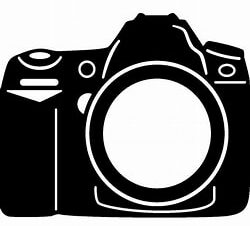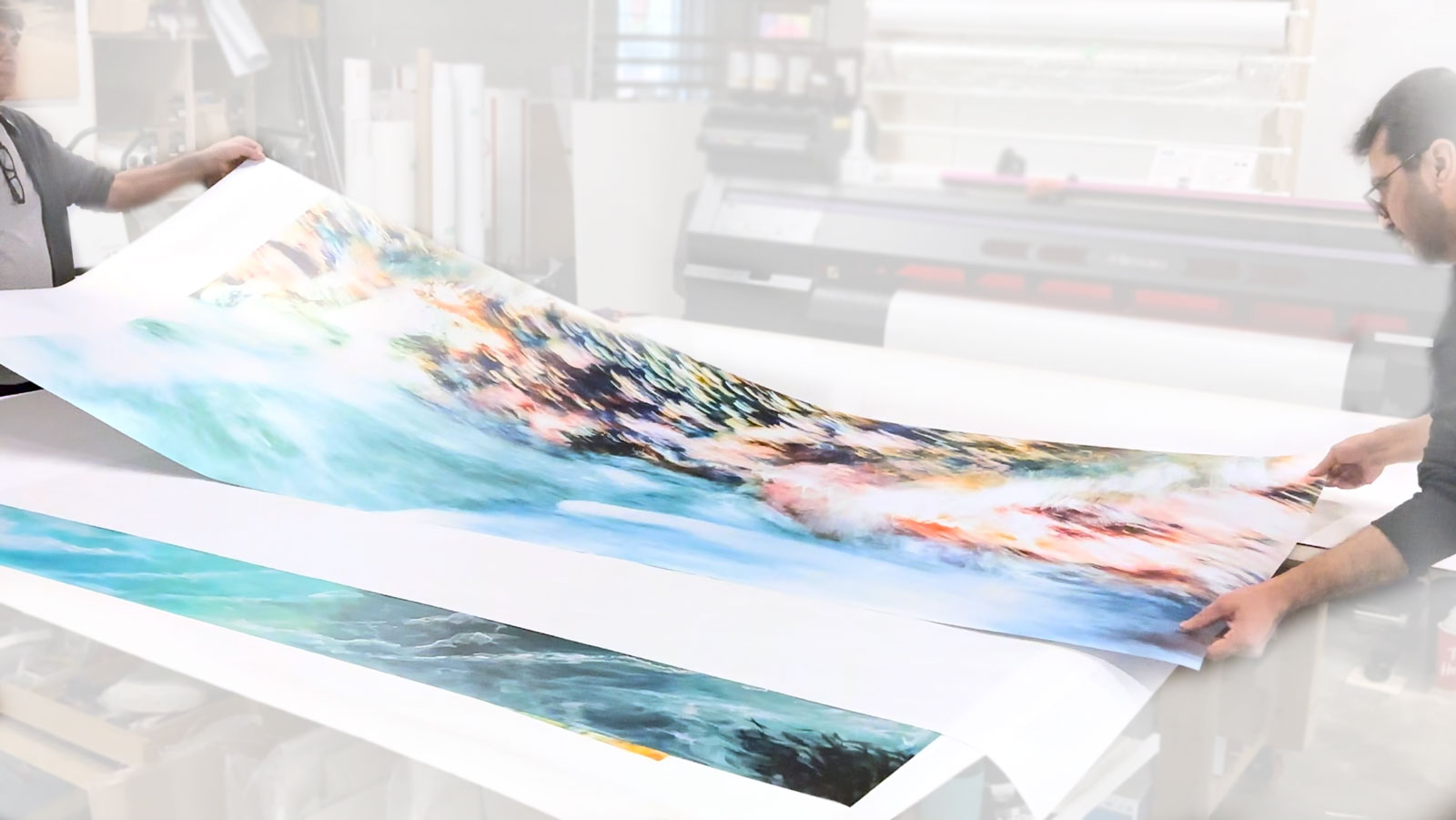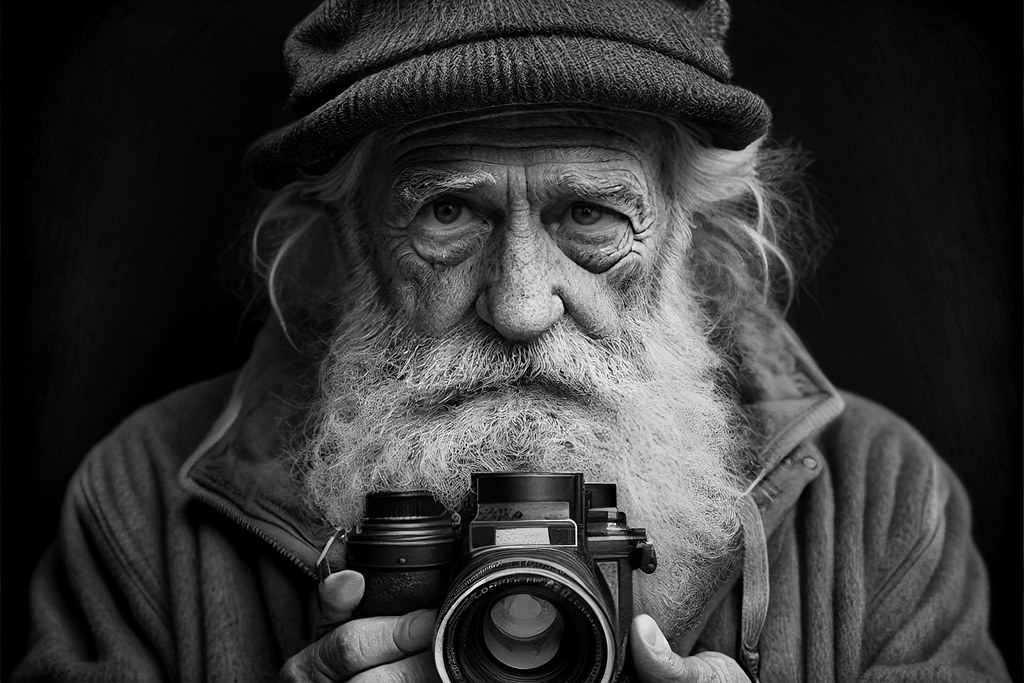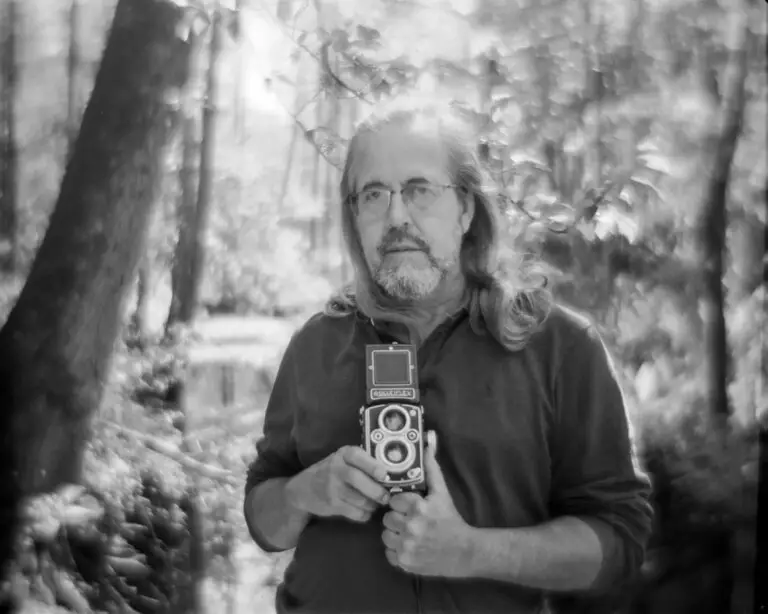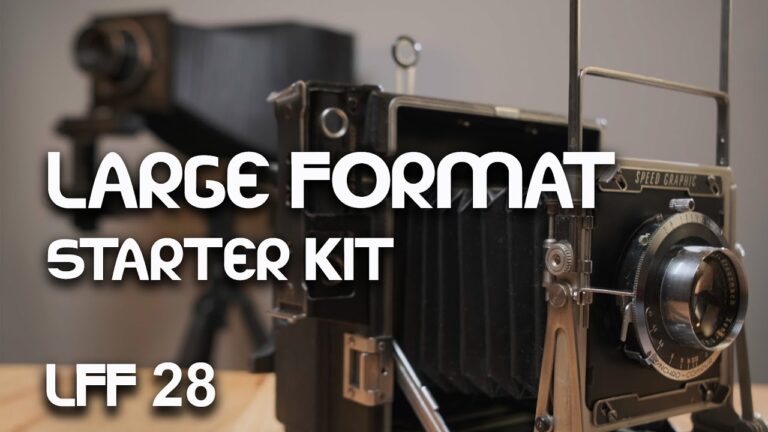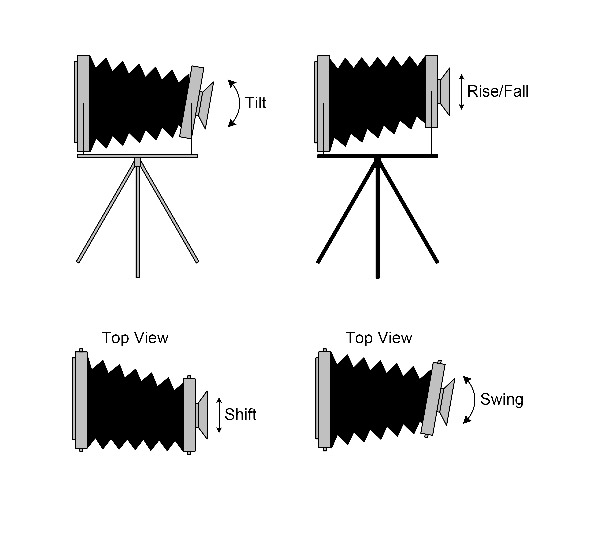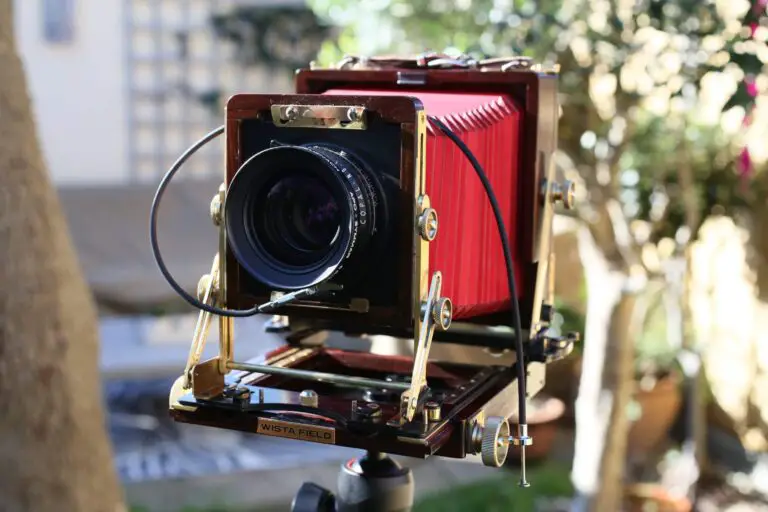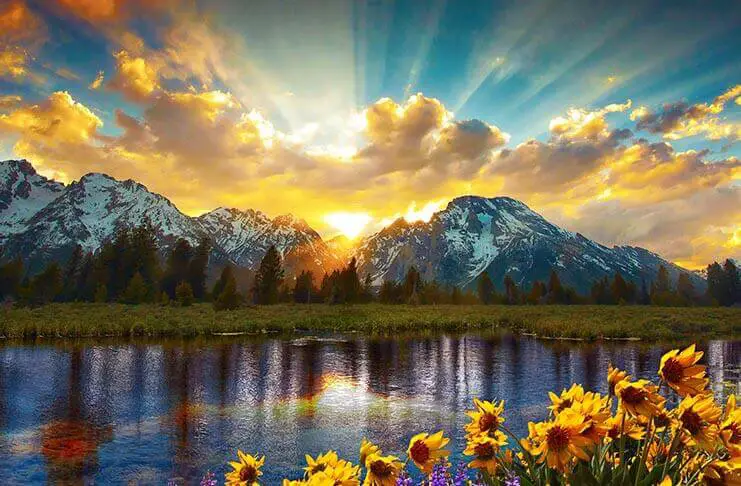Mastering Large Format Photography: Techniques for Precision and Detail
For the photography purist, large format photography is the ultimate form of craft and precision. It’s a medium that venerates not just the final image, but the meticulous artistry and technique behind capturing a moment. Unlike the instant gratification of digital photography or even the relative ease of 35mm film, large format requires an almost reverent patience and an unyielding attention to detail. This blog post will unpack the essence of large format photography, from the equipment you need to the techniques that ensure every pixel in your final print tells a story of its own.
Understanding Large Format Photography
Large format photography is defined by the use of large film formats, typically exceeding 4×5 inches. It stands in stark contrast to the ubiquitous 35mm film format, both in the sheer size of the film used and the level of precision it demands. What sets large format apart is not just its format size, but the workflow it necessitates. Each step, from film loading to exposure and development, requires a methodical approach and an understanding of light and optics that borders on scientific.
Essential Equipment
Large Format Cameras
The heart of large format photography is, of course, the camera. Large format cameras come in two main varieties: field cameras and monorail cameras. Field cameras are known for their compactness and portability, making them ideal for on-location shooting. In contrast, monorail cameras are more complex and less portable, but they offer greater flexibility with movements and architectural photography.
Lenses and Optics
The lenses used in large format photography are a thing of beauty. Renowned for their ability to resolve detail, large format lenses are often sharp across the frame and produce minimal distortion. Unlike many digital lenses, which can be changed at a moment’s notice, large format lenses are often mounted on lens boards, adding an additional layer of specificity and care to the lens choosing process.
Tripods and Accessories
The third leg of the large format tripod is an extension of the toolset. With the large and sometimes cumbersome nature of large format gear, a quality tripod is indispensable. Additionally, accessories like cable releases, loupe magnifiers, and spirit levels all serve to further refine the precision of your large format setup.
Techniques for Precision Shots
Focus Stacking
In a world where depth of field is often used as a creative tool, there’s a need for a technique that goes one step beyond. Focus stacking involves taking multiple exposures, each focused on a different part of the scene, and then combining these images in post-processing. The result is an image that is sharp from the foreground to the background.
Tilts and Shifts
Tilting and shifting the lens or film plane allows for selective focus and perspective control that is unmatched in any other format. By tilting the lens, you can create a ‘wedge’ of focus that can be adjusted to suit the desired plane of sharpness, while shifting can correct for converging verticals in architectural shots or panoramas.
Bellows Extension
The bellows on a large format camera are what allow for macro photography without needing a dedicated macro lens. By extending the bellows, the lens can move further from the film plane, increasing magnification and allowing for extremely close-up photography.
Detail Enhancement Strategies
Lighting Techniques
In large format photography, lighting is everything. Whether using natural light or carefully controlled artificial light, the quality, direction, and color of light can dramatically alter the final image. By learning to read and manipulate light, you can elevate your large format photography from technically proficient to artistically compelling.
Post-Processing Tips
Post-processing in large format photography is akin to fine-tuning a symphony. It’s about making adjustments with a deft touch that enhance the natural beauty of the image without overwhelming it. Because of the sheer amount of detail captured in a large format image, post-processing can be a labor-intensive task, but one that pays dividends in the final print.
Composition Considerations
With the slow, methodical process of large format photography, the composition becomes a matter of careful deliberation. Every element that is included, or excluded, from the frame is a conscious choice. This enables the photographer to craft images with a level of intentionality that is often second-guessed in quicker photographic processes.
Case Studies or Examples
No explanation of technique can truly capture the art of large format photography without examples. Whether it’s the evocative landscape photography of Ansel Adams, the architectural work of Julius Shulman, or even the contemporary still lifes created by today’s large format aficionados, the proof is in the print. Large format images are defined by their detail, their tonality, and perhaps most importantly, the emotional impact they carry within every inch of their frame.
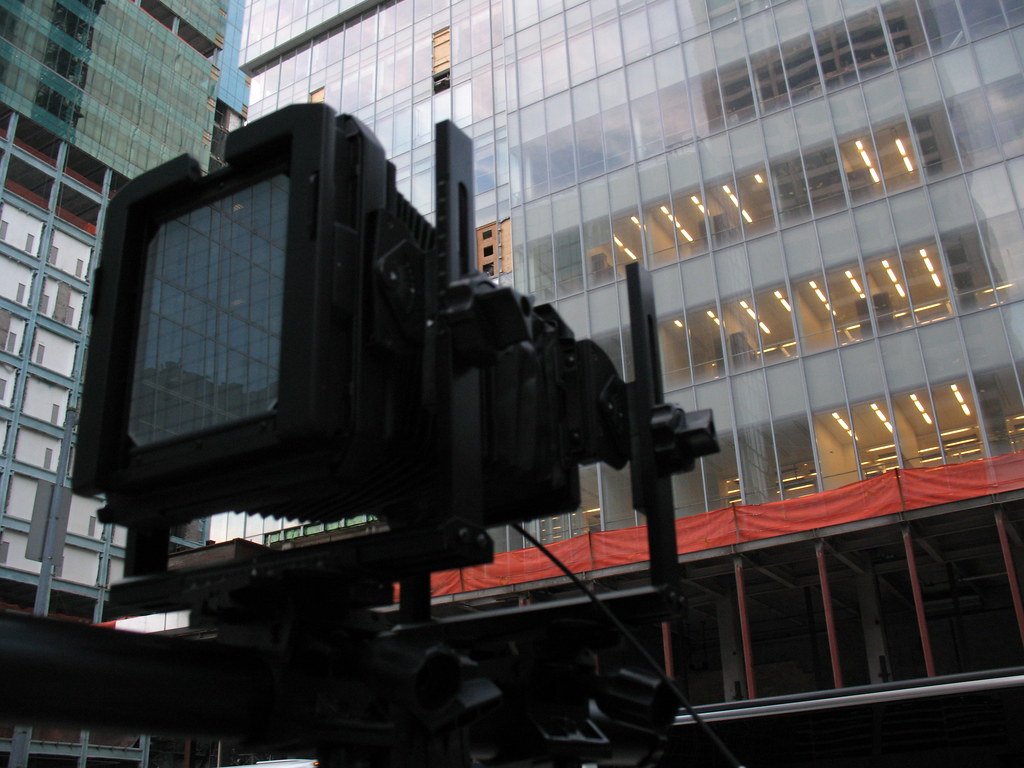
Conclusion
Large format photography is an art form that is as much about the process as it is about the product. It rewards patience, precision, and a keen eye for detail. By mastering the techniques and tools of large format photography, you can create images that not only capture the world in stunning detail but invite the viewer into a world where time slows down, and every moment is given the meticulous attention it deserves.
